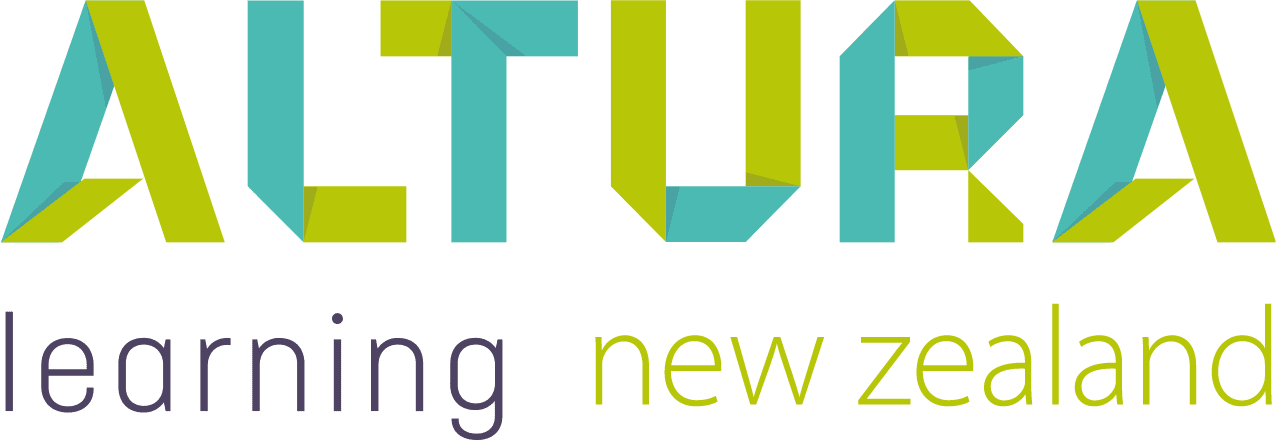Home | Altura Blog |
Engaging Staff in Education
November 8, 2021 | Altura Blog
Topic:
HR Management
Organisations hold a range of views on the use, practicalities and benefits of engaging employees in education. For some organisations, the L&D function is the first to lose funding when budgets are cut. However, there are many benefits to facilitating education opportunities for employees that can directly impact your organisation as well as mitigating perceived disadvantages.
What are the advantages?
Over the years, the CIPD and other associations have gathered lots of evidence to highlight the need for and benefits of organisations promoting educational opportunities for employees. These include:
- Having a competitive edge
- Increasing employee retention
- Increasing productivity and profits
- Meeting business objectives and KPI’s
- Reducing skills gaps across the business.
The benefits are not only for the organisation, as employees can enjoy:
- Feeling more valued
- Up-skilling
- Increasing commitment to their role
- Opportunities to advance in their careers
- Improved job satisfaction
What is the biggest disadvantage?
The truth is there is no real disadvantage. The main concerns raised by organisations are around the cost and time resources required to provide and attend education. However, with the right L&D tools in place, workplace education doesn’t need to be expensive or time-consuming, and the advantages will greatly outweigh these concerns. So, how can you engage staff in effective workplace education?
Here are Altura Learning’s top 5 tips to making education work for your organisation:
1. Set your employees up to succeed within your organisation.
An employee who is skilled, knowledgeable, successful, empowered and most importantly, valued is more likely to remain committed to your organisation. This keeps the talent within your organisation, reduces staff turnover and increases productivity and creativity, which in turn, should see an increase in your profits.
2. Complete a full analysis of your business needs
Identify how L&D can support the achievement of business goals and KPI’s. For example:
- Identify what talent exists within your organisation
- Identify skills gaps and create a plan to upskill internally, where possible
- Evaluate your current L&D strategy – Is it effective? Does it align with business objectives?
- Look at where your organisation sits within the wider industry:
- Is your performance lagging behind your competitors?
- Use SWOT or PESTLE analysis to identify threats and opportunities in your industry that may impact your business objectives and therefore, your L&D needs.
3. Look at how you deliver education and training within your organisation
The chances are your employees are already learning. Research suggests that 95% of employees are already, or willing to, take up learning in their own time to advance their careers.
By offering in-house learning, you are investing in your employees’ skills and knowledge which will naturally add value to your business.
Education doesn’t have to be expensive. Learning opportunities can range from:
- Employees attending conferences, workshops, webinars
- Creating an in-house learning hub where staff can get together and share knowledge, experience and demonstrations over a cup of coffee
- Making use of your intranet to give employees the flexibility to engage with learning at a time that is right for them
- Investing in a blended learning solution that can ensure compliance and provide opportunities to study other topics, try new things and get creativity flowing
4. Make use of technology
Technology is advancing and your staff are advancing with it. Most people now turn to YouTube, Google and other platforms to get easy access to the skills or information they want, when they want it. Learning appears in different formats, such as visual and audio. So be sure to incorporate technology into your learning strategy. Consider the following:
- Creating your own ‘how to’ videos and podcasts
- Setting up in-house discussion forums and social networks to enable peer to peer and social learning
- Author your own e-learning tools (you can achieve this with our Bridge platform)
5. Seek support for costs
There are many grants that can be utilised by organisations to invest in further education for their staff. Look at what’s available within your industry and invest in the future of your employees.
Take the time to implement one or more of our tips to realise the benefits that education can offer your organisation and employees. For more information on how Altura Learning can make education work for your organisation, please visit our website or contact Altura Learning directly at info@alturalearning.com


